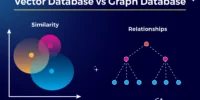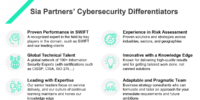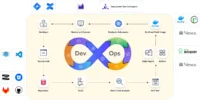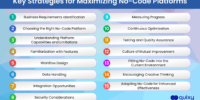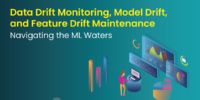In the dynamic landscape of data analytics, the integration of Artificial Intelligence (AI) has become a game-changer. AI-powered analytics empowers organizations to extract meaningful insights, automate processes, and make data-driven decisions with unprecedented precision. In this article, we’ll explore quick tips to guide you in effectively implementing AI in your data analytics initiatives.
The AI-Data Analytics Synergy
Before delving into the tips, it’s crucial to understand the synergy between AI and data analytics. AI enhances traditional data analytics by introducing advanced algorithms, machine learning models, and automation, significantly amplifying the capabilities of data-driven insights.
Quick Tips for Implementing AI in Data Analytics
1. Define Clear Objectives
Begin by clearly defining your objectives for implementing AI in data analytics. Whether it’s optimizing processes, predicting trends, or enhancing decision-making, having well-defined goals will guide your AI integration strategy.
2. Quality Data is Key
AI’s effectiveness is heavily dependent on the quality of input data. Ensure your data is clean, relevant, and representative of the problem you’re addressing. Implement data governance practices to maintain data quality throughout its lifecycle.
3. Choose the Right AI Models
Select AI models that align with your specific analytics needs. Machine learning models, such as regression, classification, and clustering, can be tailored to address different types of data analysis tasks. Consider consulting with data scientists for expert guidance.
4. Leverage Natural Language Processing (NLP) ️
Explore the power of NLP to extract insights from unstructured data sources like text. NLP enables AI systems to understand, interpret, and generate human-like text, opening avenues for sentiment analysis, text summarization, and more.
5. Automate Repetitive Tasks
Identify repetitive and time-consuming tasks within your analytics workflow that can be automated. AI can handle these tasks efficiently, allowing your team to focus on more complex, strategic aspects of data analysis.
6. Implement Predictive Analytics
Move beyond descriptive analytics and embrace predictive analytics. AI models can analyze historical data patterns to make predictions about future trends, helping you anticipate market changes, customer behavior, and more.
7. Ensure Explainability and Interpretability
For business-critical decisions, ensure that AI models are explainable and interpretable. This enhances trust in the analytics results and enables stakeholders to understand the rationale behind AI-driven recommendations.
8. Continuous Learning with Reinforcement Learning
Consider implementing reinforcement learning to enable your AI models to learn and adapt based on real-time feedback. This approach is valuable in scenarios where the environment and data distribution may change over time.
9. Invest in Scalable Infrastructure
Prepare your infrastructure to handle the computational demands of AI-powered analytics. Invest in scalable and flexible cloud-based solutions that can accommodate the growing requirements of your analytics initiatives.
10. Data Security and Privacy Compliance
Prioritize data security and privacy compliance throughout your AI-powered analytics processes. Implement encryption, access controls, and compliance measures to safeguard sensitive information and adhere to regulatory requirements.
Conclusion: Elevating Data Analytics with AI
As organizations increasingly recognize the potential of AI in data analytics, the implementation of these quick tips can be a catalyst for transformative change. AI-powered analytics not only amplifies the speed and accuracy of insights but also unlocks new dimensions of understanding within the vast realm of data. Embrace the power of AI to elevate your data analytics initiatives into a realm of unprecedented possibilities. ✨


